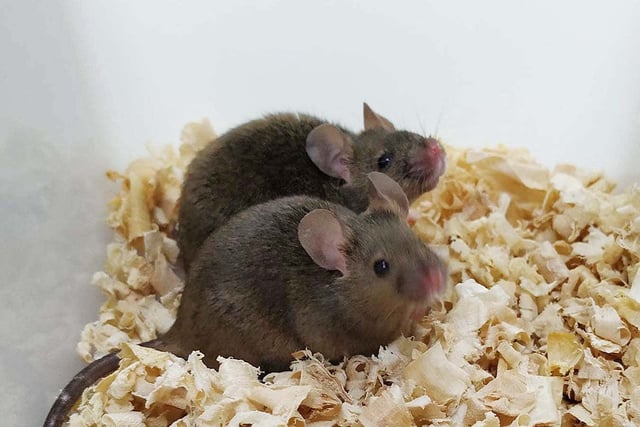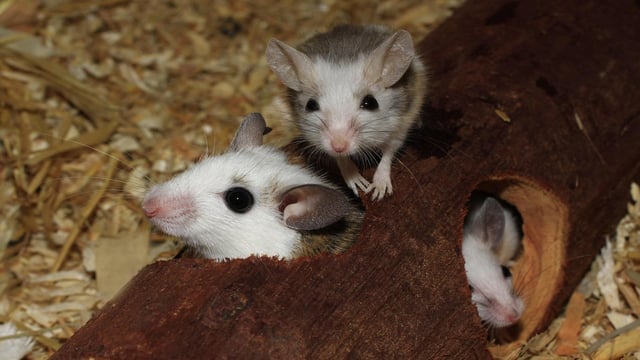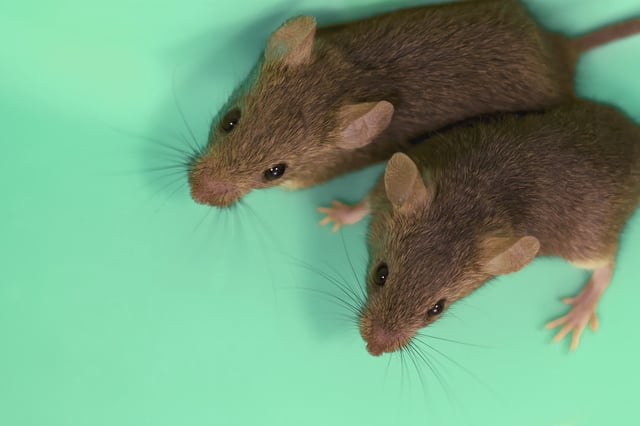Overview
- Researchers removed the egg nucleus and injected heads from two sperm cells into each egg before editing seven key imprinting sites to enable embryo growth.
- Only two male mice survived from 259 transferred embryos and both went on to sire healthy offspring.
- This approach adjusts epigenetic labels instead of altering the DNA sequence, distinguishing it from earlier genetic modification methods.
- Current efficiency remains extremely low and the procedure demands large numbers of eggs and surrogate mothers, ruling out near-term human trials.
- Scientists warn that expanding the number of targeted imprinting sites and reducing off-target effects will be essential for improving success rates.



